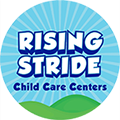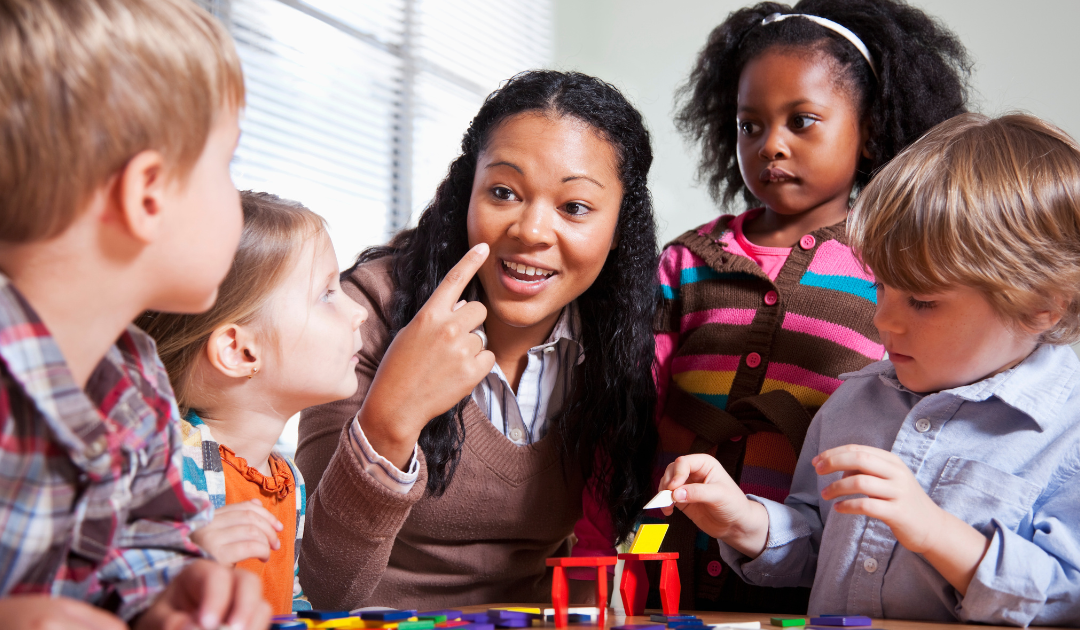Playtime is serious business for kids. For babies, toddlers and preschoolers, almost all learning happens through exploring and interacting. That’s what playtime is all about.
As a parent or caregiver, you play a vital role in supporting your child’s healthy development and learning. And understanding the importance of making time for play can help.
It may seem counterintuitive, but sometimes it’s not easy to just let children be themselves at play. Here are 10 tips to foster creativity through play:
1. Children learn through their play.
Don’t underestimate the value of play. Children learn and develop:
cognitive skills – like math and problem solving in a pretend grocery store
physical abilities – like balancing blocks and running on the playground
new vocabulary – like the words they need to play with toy dinosaurs
social skills – like playing together in a pretend car wash
literacy skills – like creating a menu for a pretend restaurant
2. Play is healthy.
Play helps children grow strong and healthy. It also counteracts obesity issues facing many children today.
3. Play reduces stress.
Play helps your children grow emotionally. It is joyful and provides an outlet for anxiety and stress.
4. Play is more than meets the eye.
Play is simple and complex. There are many types of play: symbolic, sociodramatic, functional, and games with rules-–to name just a few. Researchers study play’s many aspects: how children learn through play, how outdoor play impacts children’s health, the effects of screen time on play, to the need for recess in the school day.
5. Make time for play.
As parents, you are the biggest supporters of your children’s learning. You can make sure they have as much time to play as possible during the day to promote cognitive, language, physical, social, and emotional development.
6. Play and learning go hand-in-hand.
They are not separate activities. They are intertwined. Think about them as a science lecture with a lab. Play is the child’s lab.
7. Play outside.
Remember your own outdoor experiences of building forts, playing on the beach, sledding in the winter, or playing with other children in the neighborhood. Make sure your children create outdoor memories too.
8. Make space.
Let children play on their own. Be nearby, but not with them unless invited. As mentioned previously, don’t interrupt or intervene—unless it’s a safety issue.
9. Trust your own playful instincts.
Remember as a child how play just came naturally? Give your children time for play and see all that they are capable of when given the opportunity.
10. Play is a child’s context for learning.
Children practice and reinforce their learning in multiple areas during play. It gives them a place and a time for learning that cannot be achieved through completing a worksheet. For example, in playing restaurant, children write and draw menus, set prices, take orders, and make out checks. Play provides rich learning opportunities and leads to children’s success and self-esteem.
Child’s play can be hard work for parents
Playing with your child takes a lot of time and energy. When you are tired, your toddler will know it. Find time for yourself. Maybe your family can help out, or perhaps a friend will watch your child for a few hours. You will come back with more energy and joy. If you are having fun, chances are your child is having fun, and learning, too.
If you find yourself losing patience, it’s a sign that you need some time for yourself! Let people know when you need support or help. If you feel bored or anxious a lot of the time, talk with your pediatrician.
Play is how young children start to get ready for Pre-School
- They learn how to feel comfortable being with other children, and how to be a good friend.
- Play gets children ready for learning—paying attention to adults, playing nicely with others, and feeling comfortable being away from their parents.
- Pretend play is one way children learn about difficult feelings like anger and fear.
Make the places in your home where you spend a lot of time safe places where your child can play and be supervised easily. Give your child lots of time to explore with things like water, sand, boxes, or any other safe item that your child finds interesting.
Provide simple and safe items, like plastic cups and plates, pots and pans, books, blocks, play tools, and crayons. This way, your child can copy your actions and work. Items should be stored in a safe place or in a container where children can easily see and get to them.

